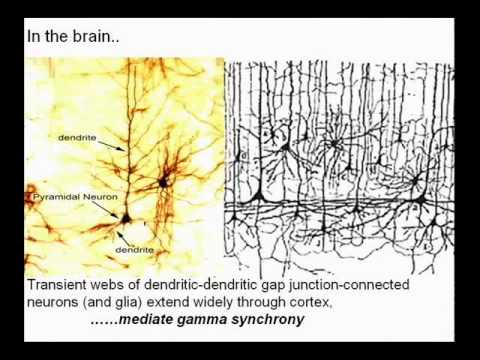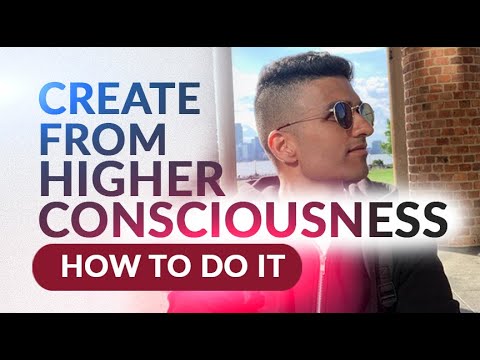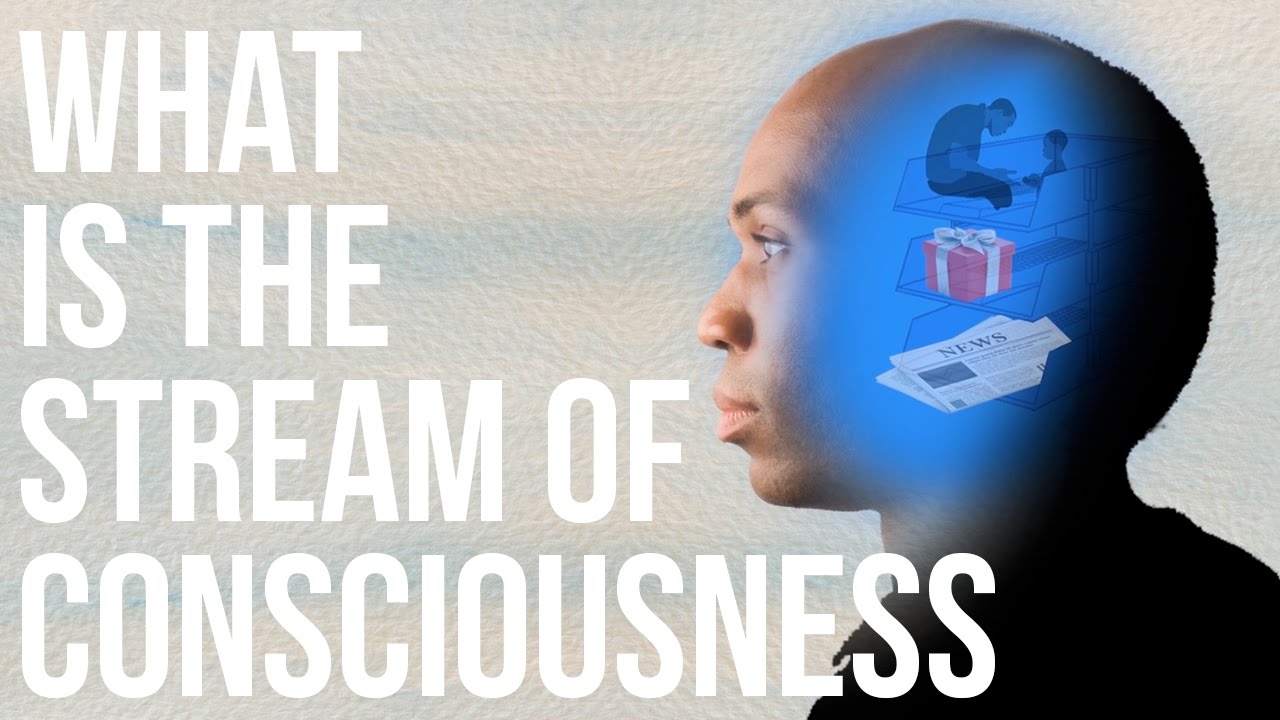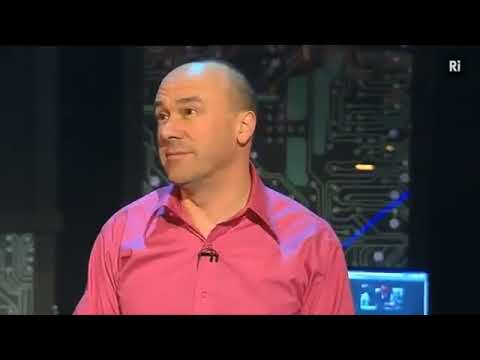GoogleTalksArchive
Google Tech Talks
September, 21 2007
ABSTRACT
Brain and computer were wed mid-twentieth century by the McCulloch-Pitts model neuron and Hodgkin-Huxley equations for digital firing in biological neurons. Since then, brain neurons, synapses, firings and networks have been considered analogous to electronic switches, states and circuits in classical computers. But despite extraordinary advances and bold predictions, consciousness seems ever
more elusive. On this, and other divisive issues like EEG gamma synchrony, deviations from Hodgkin-Huxley, gap junctions, dendritic
webs/hyper-neurons, anesthesia, quantum computers and clear demonstration of functional quantum coherence in warm protein assemblies, brain and computer have drifted apart. Increasing evidence
suggests that the brain-computer marriage could be spiced up, and consciousness accounted for, by exotic yet testable new approaches such as quantum computation in microtubules (Penrose-Hameroff Orch OR theory) in laterally connected input layers (gap junction dendritic web/hyper-neurons) of neuronal networks.
Speaker: Stuart Hameroff
Stuart Hameroff M.D. is an anesthesiologist, Professor of Anesthesiology and Psychology and Director, Center for Consciousness Studies at the University of Arizona in Tucson.
Google engEDU
Speaker: Stuart Hameroff
Source




I wonder what Jeff Hawkins thinks on the topic
halnuts33, it seems you forgot the scope of the entire talk. It is about conscious experience, not merely computation. When a paralyzed person moves a mouse cursor on a computer his actual conscious experience of qualia is in no way in the computer.
8:28 .. should have read "BOING"
halnuts33 it does, microtubules are compared to quantum computers.
Well I don't see any problem with the paramecia making decisions without a brain with only classical mechanisms. It's a nice story but we don't need it.
There is absolutely no proof that the brain is a quantum computer in any way.
HE explained it well, I think he's right.
I think Penrose is smart enough to know they're onto something.
Besides, people have been using QM as an explanation for the mystery of consciousness and other things for decades but with no basis for it. Also quantum computational systems are only good at certain classes of problem solving (SIMD) but not others (MIMD). But our brains can do some of both classes, does he explain this by the 'classical' and 'quantum' oscillations in the brain that he describes?
Well Hammeroff just disproved his own theory at the question and answer section at the end. He said you cannot have a brain-computer interface etc. Well we have paralyzed people who can move a cursor on a computer screen with their mind. Same for robotic arm/hand. I give him props though for studying consciousness in a novel way. Also why title the talk "A New marriage of brain and computer" when it doesn't talk about that at all? All neuro, no computer.
Evil Genius
1:55 Descartes "I think, therefore I am"
That is a very good question.
why wasn't this up in 2007? sheesh